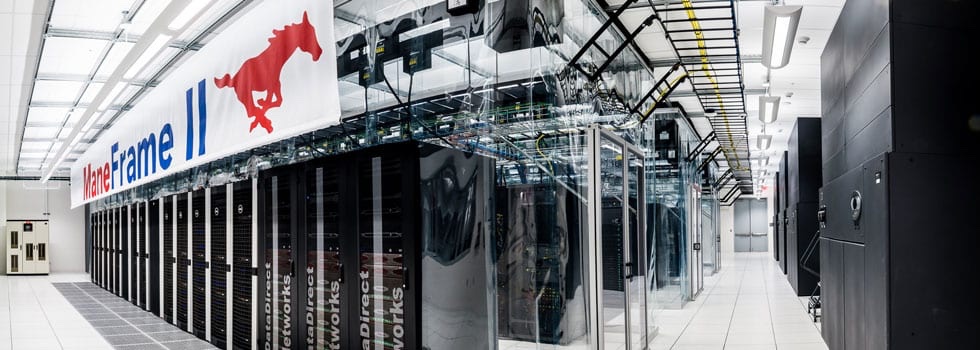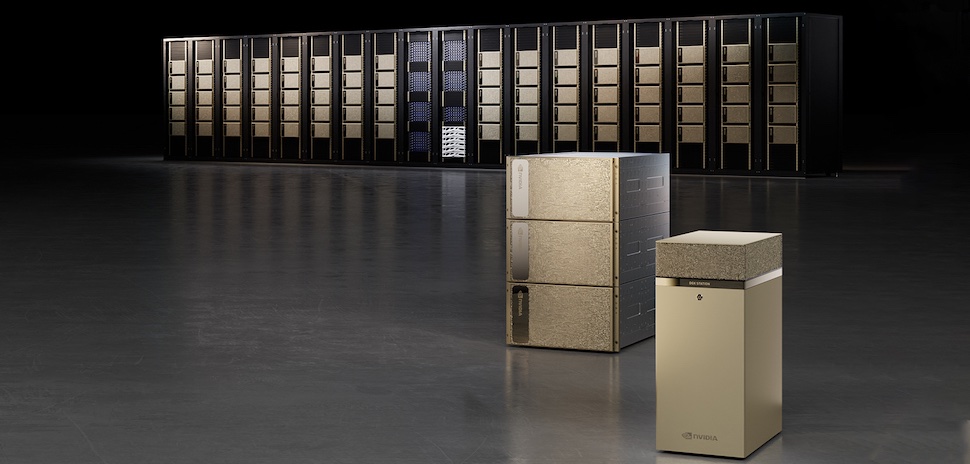CATCO started in 2010 with a 32 CPU local computing cluster (Scheme1a1) with 128 cores, 768 GB shared memory (resources of individual nodes combined via an aggregated virtual machine), and 16 TB hard drive capacity, which was housed in Patterson Hall on the second floor right above SMU’s police department. Since 2019, SMU is engaged in high-performance computing (HPC), which has increased CATCO’s computational resources tremendously.
CATCO has access to two high-performance computer clusters:
- ManeFrame (current generation is ManeFrame II, M2, to be replaced in 2023 by ManeFrame III, M3)
- NVIDIA DGX SuperPod jointly managed and supported by the SMU Center for Research Computing (CRC) and the SMU Office of Information Technology (OIT).
ManeFrame II runs the CentOS 7 operating system, the SLURM resource scheduler, and the Lmod environment module system. Additionally, various development tool chains are available including the GCC, Intel, and PGI compiler suites, producing 870 teraflops of computer power. Optimized high-level programming environments such as MATLAB, Python, and R are also available in addition to the domain specific software packages that SMU researchers depend on for their work.

The SMU SuperPOD is a high-performance computing (HPC) cluster, specifically tailored to meet the demands of cutting-edge research. This shared resource machine consists of 20 NVIDIA DGX A100 nodes, each with 8 advanced and powerful graphical processing units (GPUs) to accelerate calculations and train AI models. Connected with the NVIDIA Quantum InfiniBand networking platform in SMU's data center, it will produce a theoretical 100 petaflops of computing power, enabling the university's network to perform "a blistering 100 quadrillion operations per second.”

Both platforms provide CATCO with unique computational resources and an excellent framework for its ambitious research projects and educational goals to generate the next generation of high-quality computational chemistry workforce.
